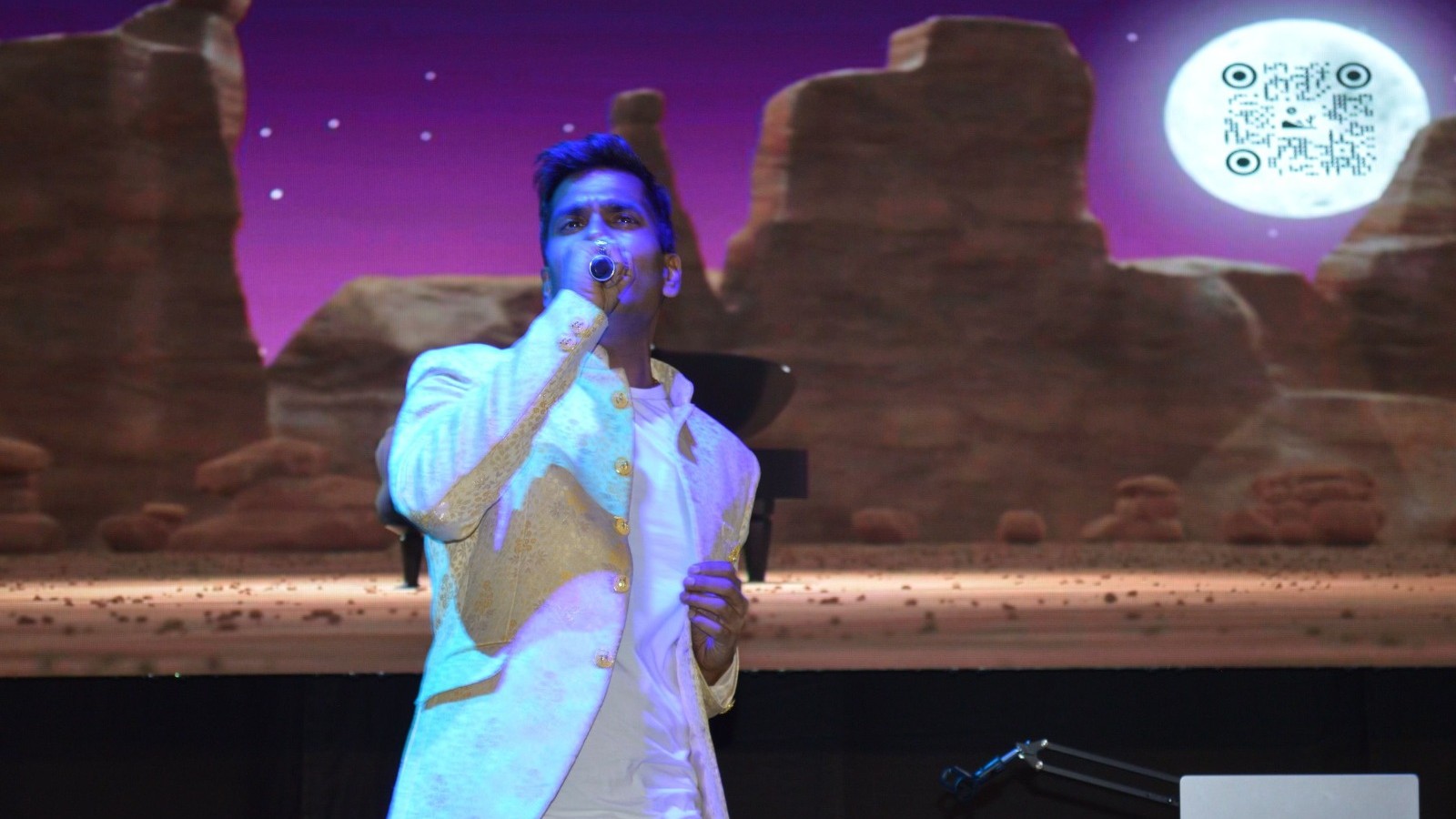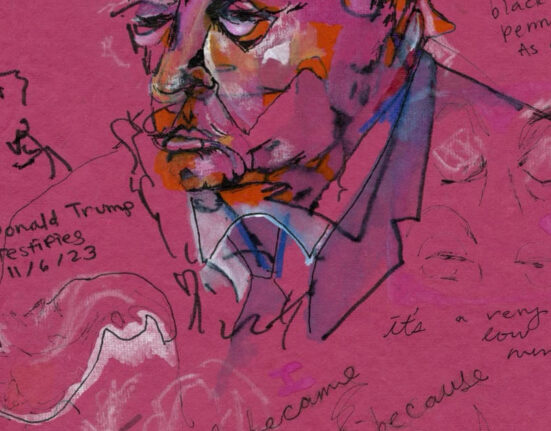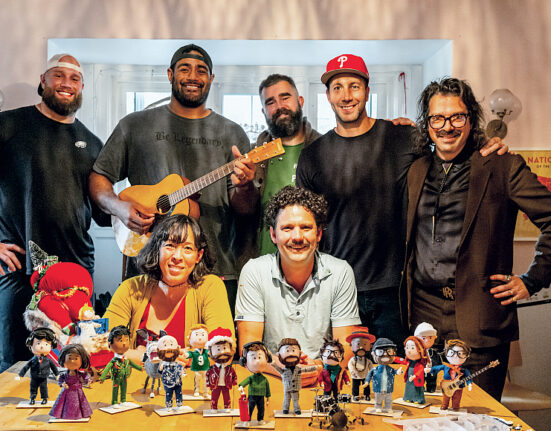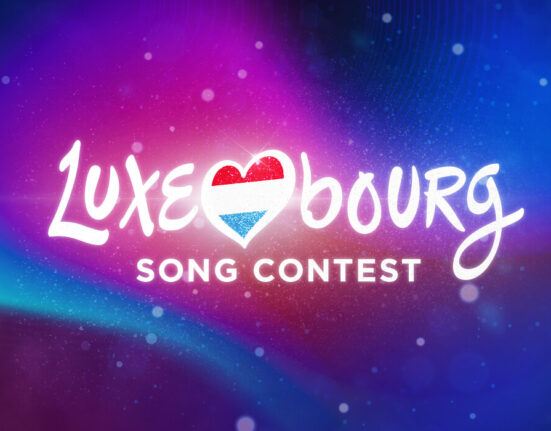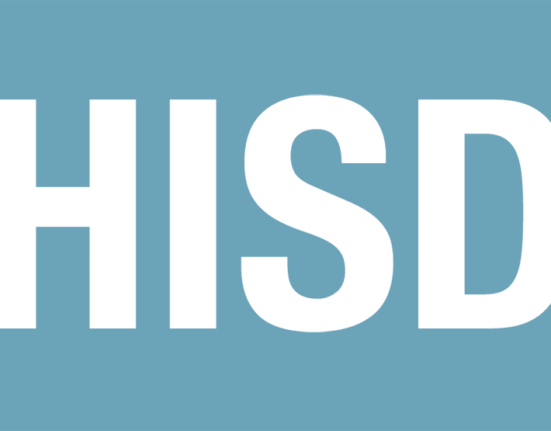It was sometime in early 2020, when Covid-19 had just begun, that Vivek Agrawal decided to move to Chicago from San Francisco with the hope of showcasing his music in a unique way that involves visuals and interaction using technology.
“I was playing around with some music and had been very interested in what’s possible with augmented and virtual reality, and if there was a way that I could simulate being with a person without actually physically being there,” the 38-year-old recalls the time when he was contemplating ideas that would allow him to take advantage of immersive technologies and bring music to reach a new wave of audience.
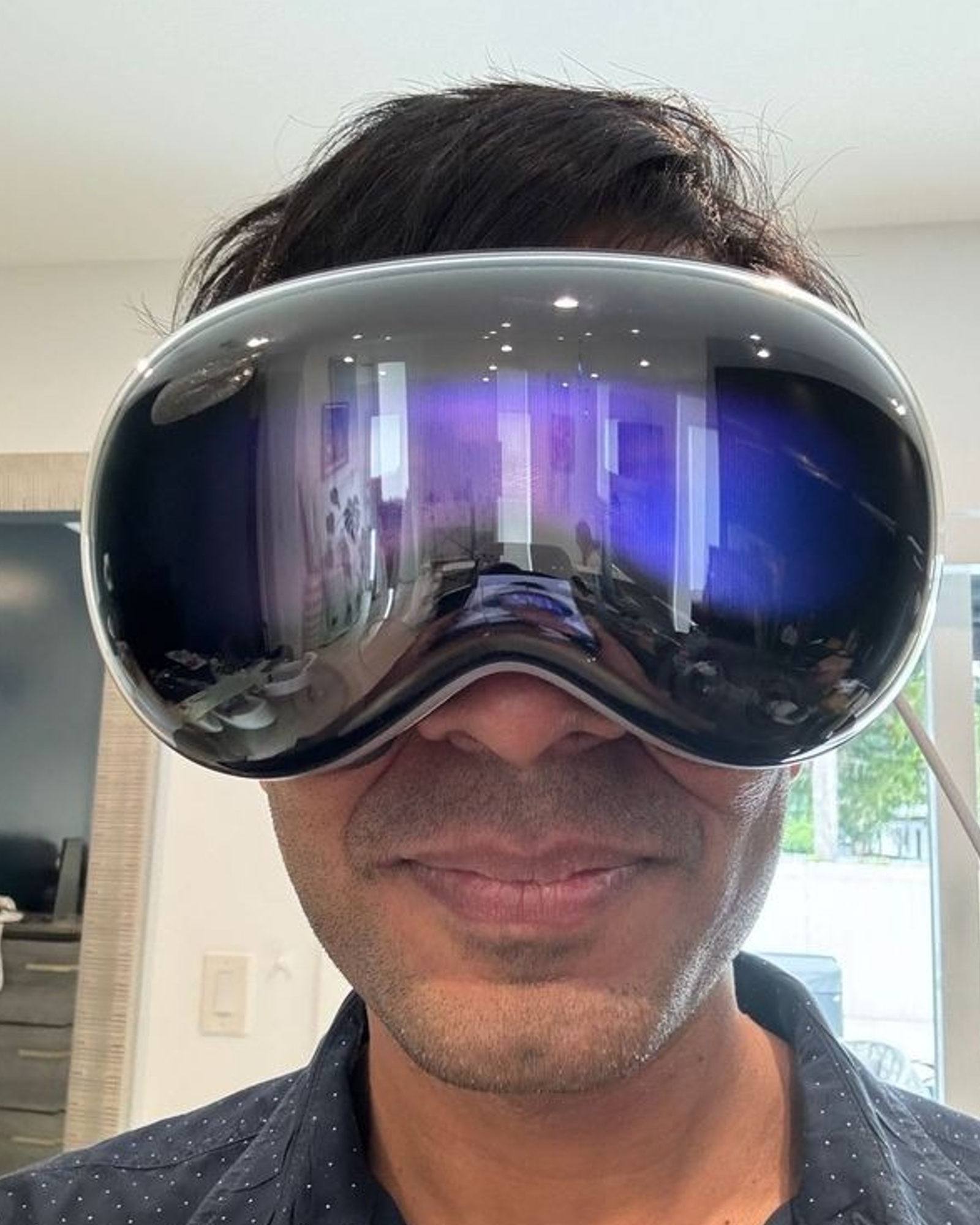
His passion for creating music and expertise in developing tech products has resulted in the creation of a new platform called The Oasis. This platform not only offers users a different way to consume music but also provides artists like Agrawal the opportunity to showcase their music in a fully immersive world.
“I wanted to create a remote, musical paradise for people to come in and experience music, where no other noise would interfere. It’s just you as the listener with the art and no other distractions,” Agrawal describes The Oasis, which users can open by going to the Safari browser on their Apple Vision Pro, allowing them to feel the music in mixed reality.
Born and brought up in the United States of America, Agrawal was inclined to music from an early age. He earned a Bachelor’s degree in Mathematics and then pursued a Master’s in Management Science and Engineering, both from Stanford University. In the early 2010s, Agrawal started a music startup company, which he later sold to Jawbone, the tech company that produced Bluetooth earpieces and wireless speakers. He then spent a few years at Jawbone, handling the team responsible for its line of audio products.

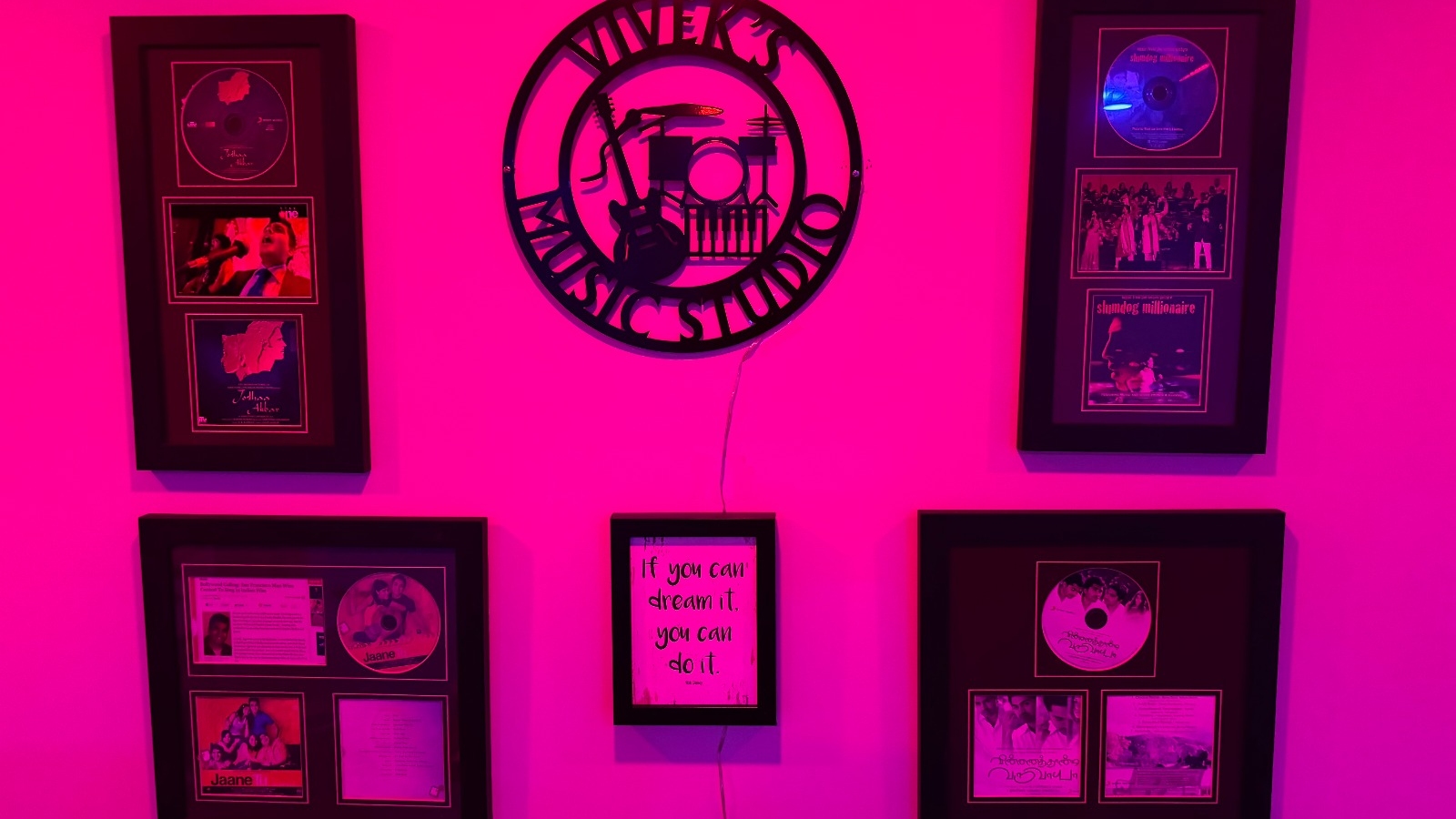
Agrawal then joined Bose, where he was the director of the firm’s Augmented Reality division and helped co-create Bose Frames, the augmented reality sunglasses that use sound instead of sight to beam information. After his stint at Bose, he turned into a full-time music composer. He is an R&B singer and has previously worked with Oscar-winning composer A R Rahman in his studios in India.
Agrawal calls himself a “music technologist.” He is a musician but also a techie at heart who has spent years in Silicon Valley. “I think, for me, there’s a duality to music and technology. When I am not making music, I am working on tech,” he says, describing what he meant by the term “music technologist.”
Streaming apps like Spotify and Apple Music have not only changed how people listen to music but also how music is distributed, giving artists like him a broader reach. However, Agrawal said he wanted to add a layer of visuals and improved interaction, which could only be possible with virtual and augmented reality technologies.
Idea behind The Oasis
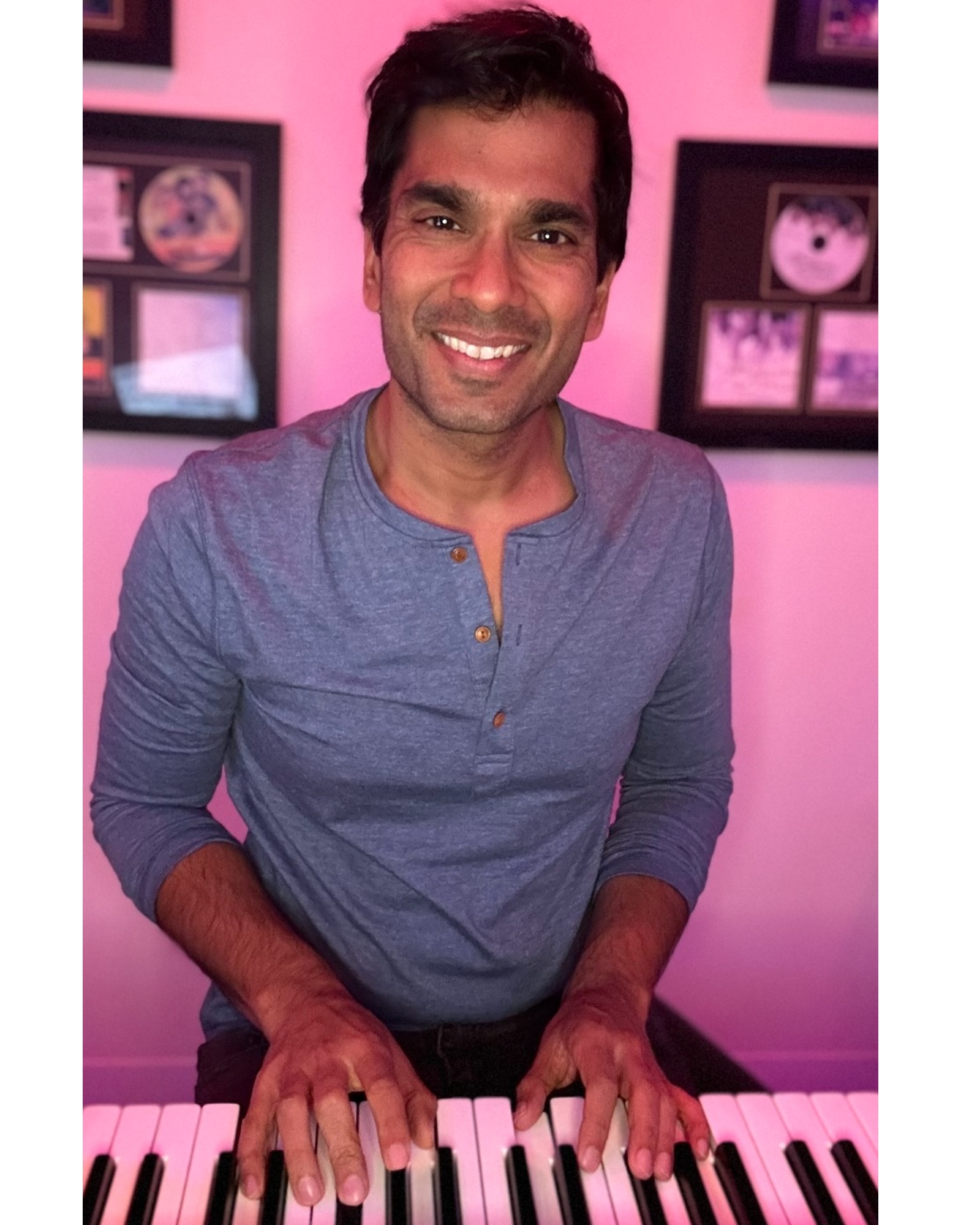
Agrawal got the initial idea to develop The Oasis back in late 2020 when there was a lot of buzz around the Metaverse, and many artists and musicians were doing concerts and gigs in virtual reality. He prototyped the first version of The Oasis in early 2022, and it was more about showcasing his music, but he always had the idea of creating a platform that would bring many artists under one roof to showcase their music, giving users a new way to consume music in the spaces around them.
Agrawal says he was always fascinated by Augmented Reality (AR) and Virtual Reality (VR), but his curiosity shifted to immersive tech during his time at Bose, especially during the development of the ambitious pair of audio AR sunglasses. The launch of Meta’s Quest 2 VR headset further piqued his interest in the immersive content space, and this was when he viewed the headset as a high-fidelity visual device for immersion. Agrawal recalls he also tried the iPhone’s built-in AR features to see if it would be possible to experience music by overlaying it on top of the real world.
“I could use my phone, point the camera at the floor in my living room, and I am experiencing the music in augmented reality. I prototyped this with one of my songs. It was compelling to me, and when I showed this to some of my musician friends, they liked it too,” Agrawal said. He saw it as a preview of what could be a major experience if it comes to a headset.
‘Like experiencing Apple Music in VR’
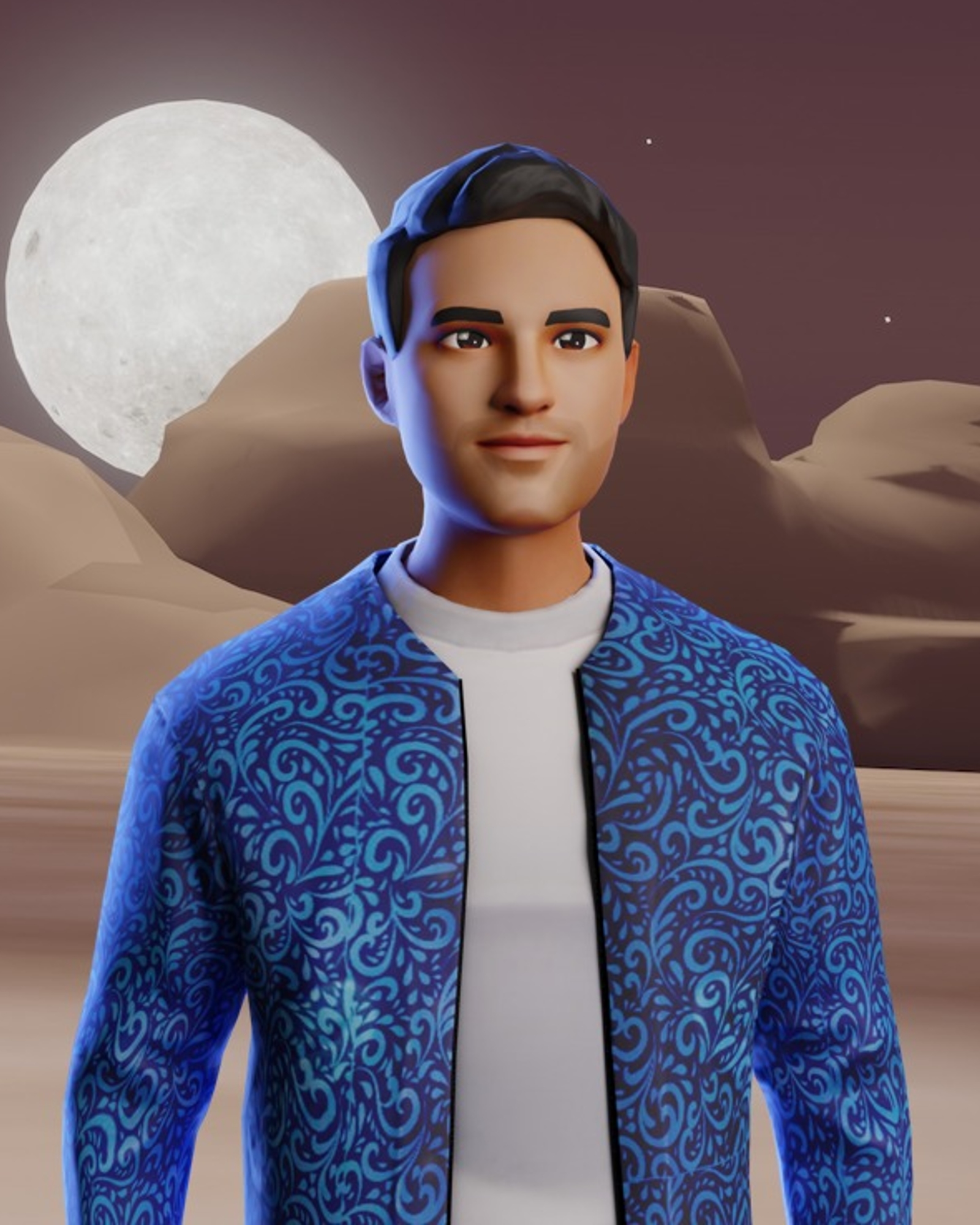
Once you enter The Oasis, you find yourself in a virtual world where you encounter avatars of artists and receive information on each song as you move around in the space. There is also an AR mode that moves the player from where they are into their own room. Although the platform can be accessed on desktop and mobile, Agrawal insists on experiencing it on Meta’s Quest headset, particularly the Apple Vision Pro, which went on sale last month in the US and retails at a starting price of $3,500 (approximately Rs 2.9 lakh).
“It’s like experiencing Apple Music in VR,” Agrawal describes The Oasis on the Vision Pro. “I would call it a spatially driven music player that leverages 3D avatars, and the new control system is very exciting to me.”
Even though he says the Meta Quest 3 headset performs really well, the experience you get on the Vision Pro feels more natural in the real world. “I think it’s Apple’s unlock, where suddenly, digital items and objects in your real world can actually be one device. It doesn’t feel different,” he says.
While there is no standalone app for the Vision Pro headset yet, Agrawal said he used WebXR to bring browser-based mixed-reality experiences to the headset. This way, developers can use WebXR, an API for web browsers used by VR and mixed reality devices, to bring an AR or VR experience right through the browser without developing a separate application.
“Without even downloading an app, I can throw you into that world and give you all that exploration,” he said. “I am already getting a lot of those native features like skipping songs, for example, with what I am doing with WebXR. I am leveraging a framework that works across platforms and applications.”
Agrawal says that with The Oasis, he designed the platform around the idea of bringing an immersive experience with a music player that comes to life with 3D animated artists using hand gestures and eye controls, thereby making music control even more seamless.
“There are opportunities for immersion with the music by bringing an artist or a creator into your space to enhance the intimacy of the music experience,” he said. Agrawal made a point that while streaming music is a popular way of consuming music, it is designed to be a background listening experience only. “The connection is limited,” he reasoned, whereas a headset like the Vision Pro takes a music experience to a whole new level.
“I think that with the idea of having music manifested in a 3D person, the opportunities that existed for Disney or Pixar to create an emotion with characters and storylines now exist for music.”
The Vision Pro hardware is impressive. The processing power is excellent, the graphics look great, the operating system feels familiar, and the eye-and-hand control system also feels like the best interface yet on the headset. However, early signs about the device have been mixed. Users have complained about neck and eye fatigue after just half an hour of usage; some even complained about the headset’s weight, and a section has returned the device.
“With any new technology, there will be resistance initially. The return rates on smartphones and fitness trackers were very high in the beginning, but until the mainstream device comes in, there will always be skepticism,” he said.
Apple Vision Pro – an ‘early peek’ into future
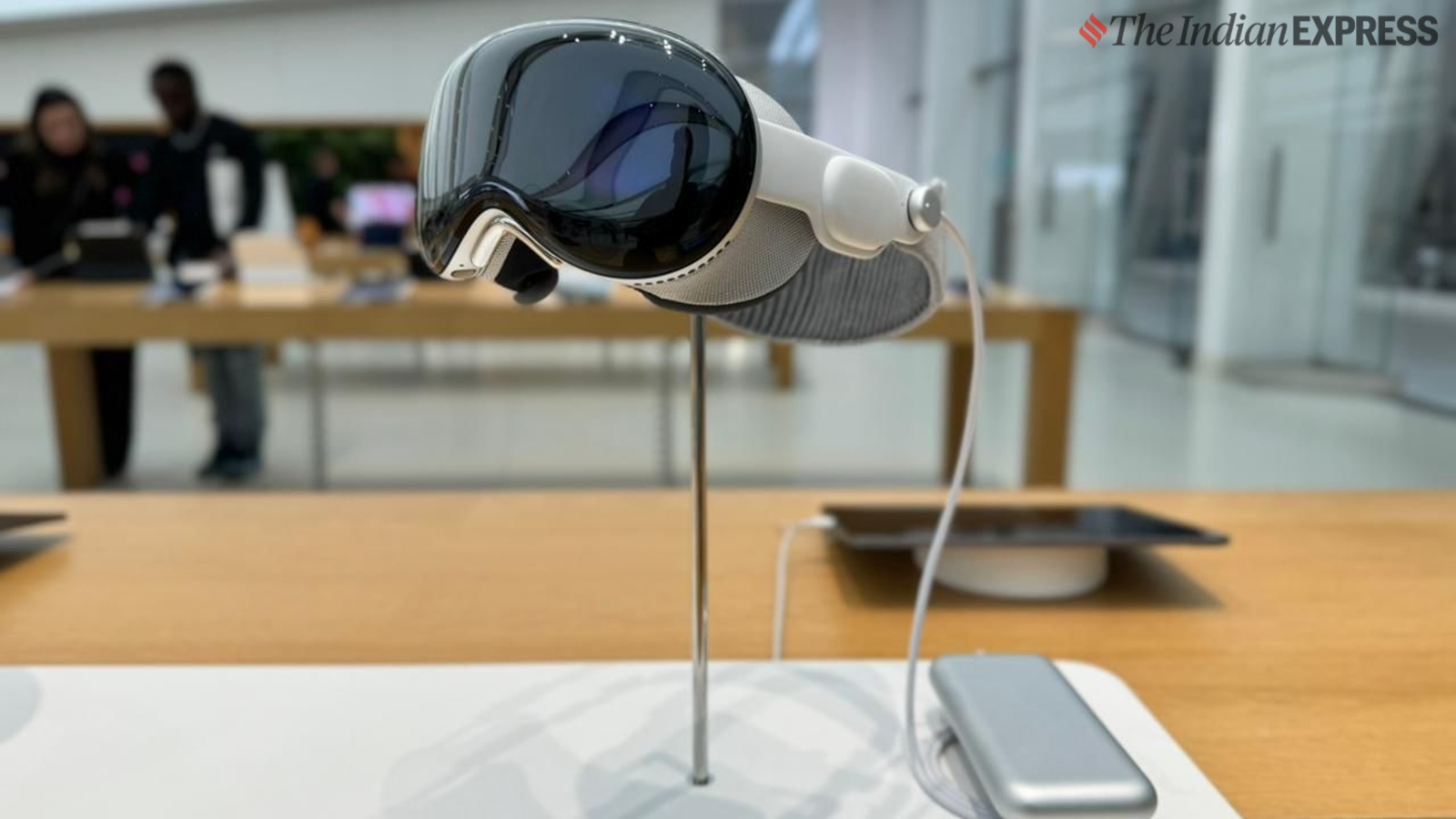
But Agrawal still believes in the Vision Pro as a device and what it brings to the market. “I believe in the idea of virtual co-presence applied to the music experience, and what the Vision Pro (and even the Meta Quest) are capable of makes them the right platform to develop for.”
However, like many, Agrawal feels that headsets like the Vision Pro are the early peek into what is about to come. He cites the Meta’s Quest 3 headset as “almost mainstream,” which also does mixed reality like the Vision Pro but only costs $500 (approximately Rs 41,000) – that is seven times less than Apple’s headset.
Agrawal believes the Vision Pro does a good job with “augmented reality,” even though many are calling it a VR headset. With augmented reality, users will be able to see the world around them while wearing it. He calls the Quest 3 better at offering an immersive VR experience but at scale.
The key, Agrawal says, is whether musicians, consumers, or developers are ready to leverage what can be done with current technology despite certain challenges. “As a musician, if you want to host a co-presence concert that lasts maybe 30 minutes, I think the devices are ready and able to do that. But are we ready for an all-day computing device? The answer is probably ‘No’,” he says. However, Agrawal feels that his job as a technologist and as a musician is to create a compelling experience and push it as much as possible.
The Stanford graduate says he is the only one handling all the heavy work on the platform right now, even writing the code himself, but he receives support from a 3D artist. Before he scales the platform and assembles the right team, Agrawal wants to perfect the experience for listeners, showcase it on the right device, and recruit the right artists.
But, as he pointed out, how artists think about the platform will ultimately decide how far he can go and build the audience he envisions for The Oasis. “A lot of my time was spent grinding on the technology, but right now I am more focused on speaking with artists, working with them to get their music here, rolling it out to their audience, and brainstorming ways to monetise,” he signs off.

